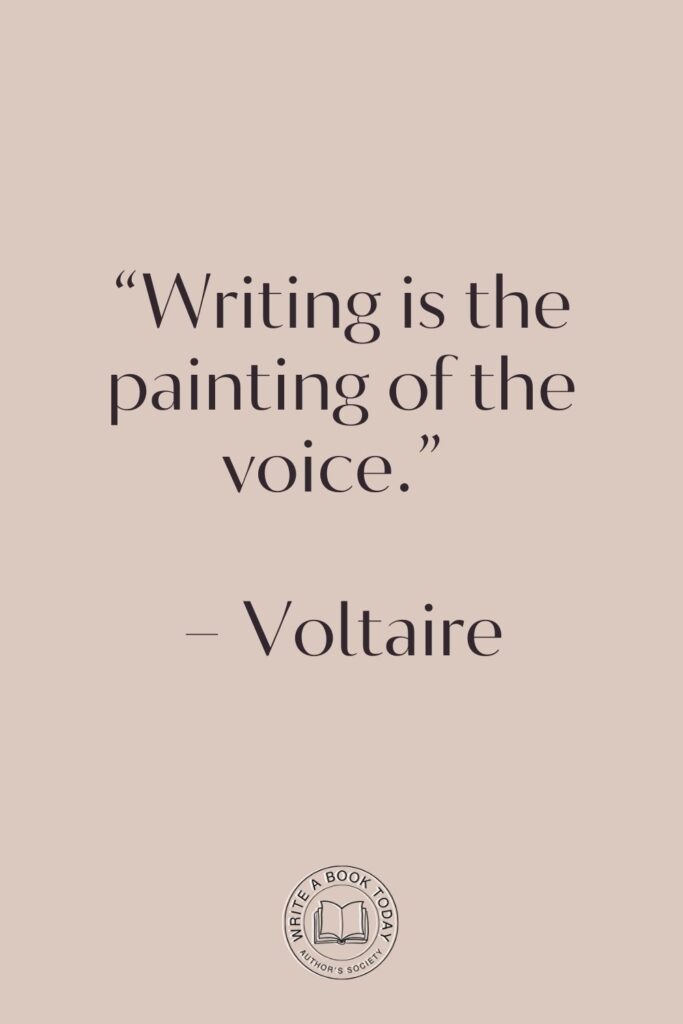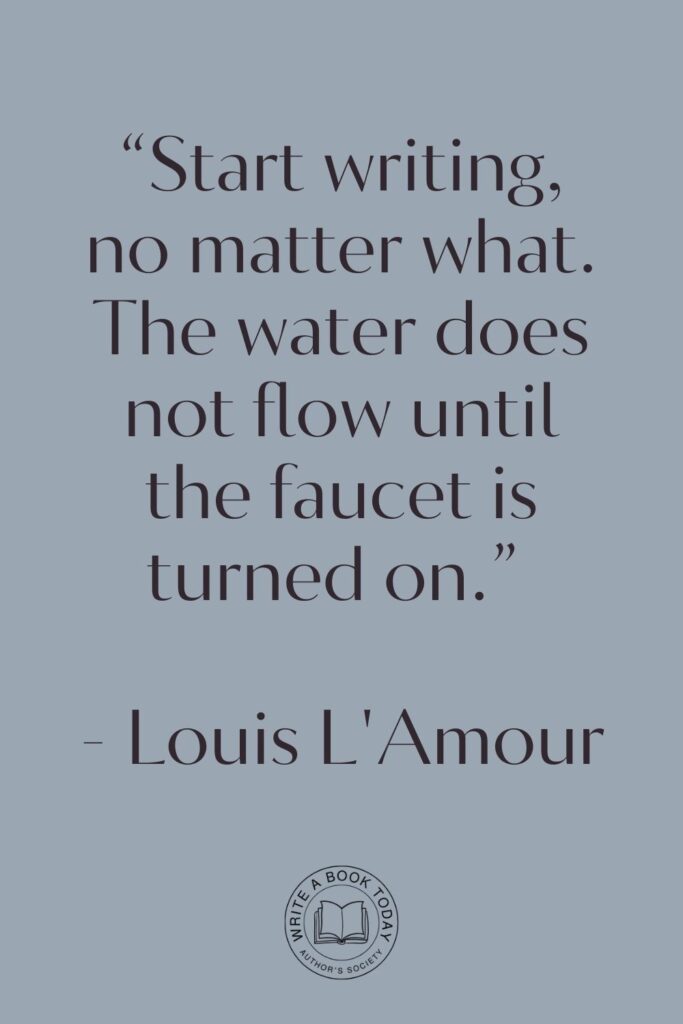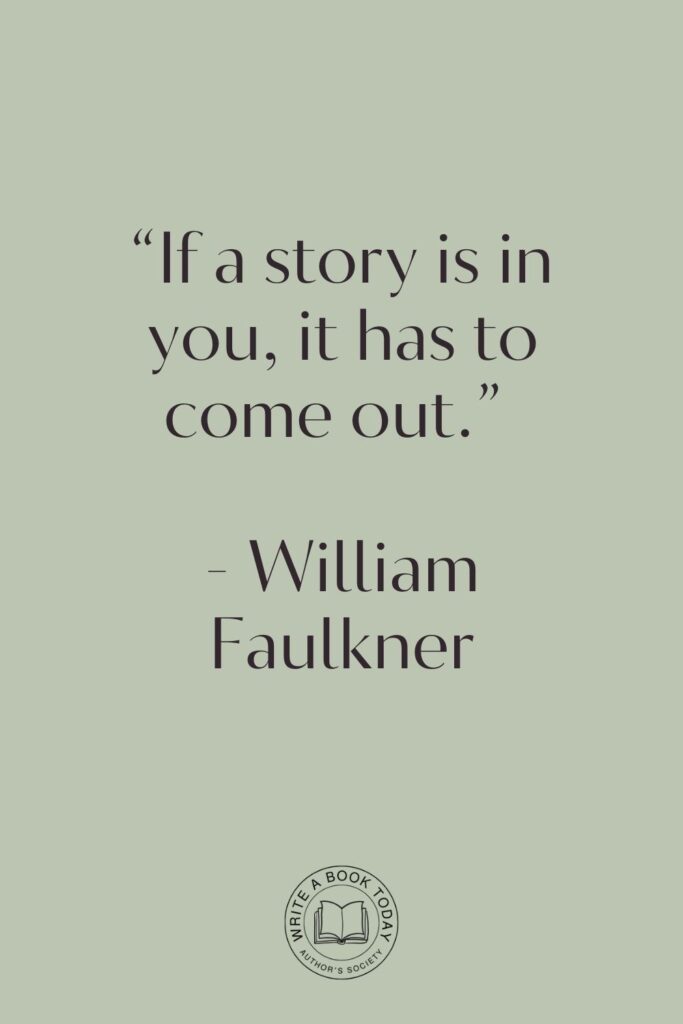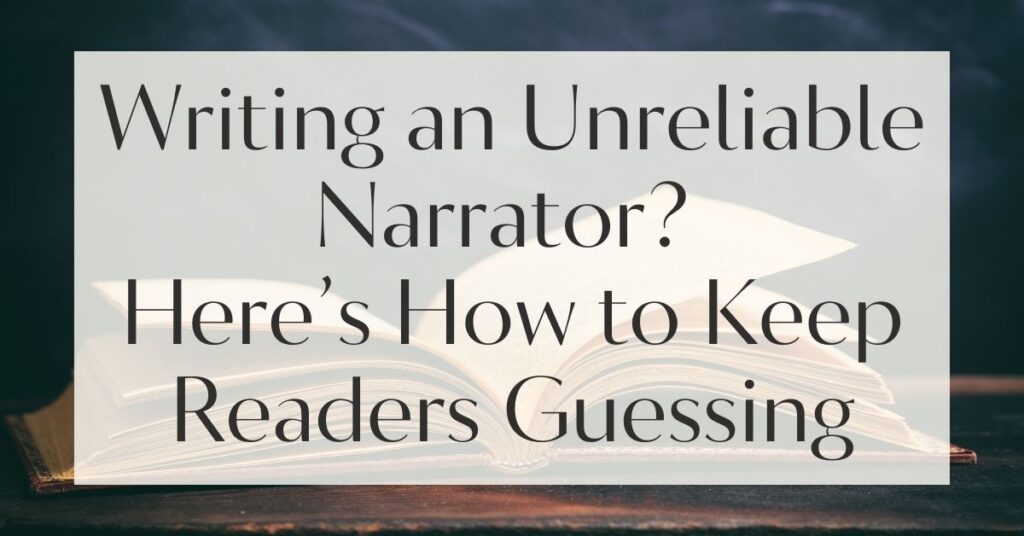Have you ever been so engrossed in a story, only to find out that the narrator you’ve trusted all along has been deceiving you? This twist can leave readers questioning everything they thought they knew, making the unreliable narrator a compelling device in literature.
But what exactly makes a narrator unreliable, and how can writers effectively employ this technique to captivate their audience?
In this blog post, we’ll explore the intriguing world of unreliable narrators, revealing the secrets behind their craft. You’ll discover seven powerful techniques to keep your readers guessing, ensuring that your storytelling remains as unpredictable as it is engaging.
Understanding the Unreliable Narrator
The concept of the unreliable narrator is not a new one, yet it continues to fascinate readers and writers alike. At its core, an unreliable narrator is one whose credibility has been seriously compromised.
This lack of reliability can stem from various factors, such as intentional deceit, mental instability, or even a limited understanding of the world around them. By weaving elements of doubt into the narrative, authors create a rich tapestry of suspense and intrigue, inviting readers to piece together the truth themselves.
No marketing platform? No social following? No problem!
Publisher Rocket helps you market your debut novel like a pro.
It’s a gamechanger for debut authors – try it today!


What Makes a Narrator Unreliable?
An unreliable narrator can be characterized by several traits, each adding layers to the narrative. One common trait is selective memory, where the narrator recalls events differently than they occurred. This selective recall can be due to trauma, manipulation, or simple forgetfulness.
Another trait is bias, where personal prejudices color the narrator’s account, presenting a skewed version of reality. Moreover, some narrators may deliberately deceive the reader, crafting a web of lies that slowly unravel as the story progresses.
To effectively write an unreliable narrator, consider what motivates their unreliability. Are they protecting themselves or others, or are they simply unaware of their biases? Understanding their motives will help you create a more nuanced and believable character.
The Importance of Perspective in Storytelling
Perspective is a powerful tool in storytelling, shaping how readers perceive the unfolding events. The unreliable narrator, with their distorted view, challenges readers to question the very fabric of the narrative.
This technique plays on the natural human tendency to trust the storyteller, only to pull the rug out from under them, creating a sense of narrative suspense. By manipulating perspective, writers can delve into themes of truth, perception, and reality, encouraging readers to engage with the text on a deeper level.
When crafting a story with an unreliable narrator, it’s crucial to consider how their perspective influences the plot. A narrator’s personal biases and limitations can lead to unexpected twists and turns, keeping readers on their toes. This manipulation of perspective can be both subtle and overt, depending on the desired effect.
As readers navigate the murky waters of an unreliable narrative, they become active participants in uncovering the truth, heightening their engagement and investment in the story.

Techniques to Craft Your Unreliable Narrator
1. Play with Memory and Recall
Memory is a fickle thing, often colored by emotion and time. By having your narrator misremember or selectively recall events, you can create a sense of uncertainty and doubt. This technique allows you to subtly plant seeds of doubt in the reader’s mind, making them question the reliability of the narrator’s account.
As the story unfolds, these discrepancies can build tension and intrigue, drawing readers deeper into the narrative.
Consider how memory might be influenced by the narrator’s emotional state or past experiences. A traumatic event might be remembered differently than it occurred, either exaggerated or downplayed.
Alternatively, a narrator might choose to omit certain details, either consciously or subconsciously, to protect themselves or others. By playing with memory and recall, you can create a complex and multi-layered narrative that keeps readers guessing.
2. Use Misdirection to Create Suspense
Misdirection is a classic storytelling method that can be used to great effect with an unreliable narrator. By leading readers down a false path, you can create a sense of suspense and surprise when the truth is finally revealed.
This technique involves planting clues and red herrings throughout the narrative, encouraging readers to draw their own conclusions before pulling the rug out from under them.
To effectively use misdirection, consider what information the narrator chooses to reveal or withhold. A well-placed lie or omission can drastically alter the reader’s perception of events, creating a sense of narrative suspense. Additionally, consider how other characters’ actions and dialogue can contribute to the misdirection, adding layers of complexity to the story.
When using misdirection, ensure that the eventual revelation is satisfying and makes sense within the context of the story. Readers should feel surprised but not cheated by the twist, as this will enhance their overall enjoyment and engagement.
3. Employ Multiple Narrators for Depth
Using multiple narrators is a dynamic way to add depth to your story, offering various perspectives and insights. When different characters recount the same event with conflicting details, it highlights the unreliability of their narratives.
This technique not only adds complexity to the plot but also allows readers to explore the multifaceted nature of truth and perception. Multiple narrators can provide a broader view of the story’s events, each bringing their own biases and interpretations.
This approach can create rich layers of meaning, as readers sift through the differing accounts to uncover the underlying truth. Additionally, the interplay between narrators can build tension and suspense, as readers attempt to reconcile the conflicting stories.

4. Develop Contradictory Traits
A key element of an unreliable narrator is the presence of contradictory traits that make them difficult to trust. These contradictions can manifest in their behavior, beliefs, or even their self-perception.
By creating a character who is both charming and deceitful, or confident yet insecure, you can add complexity and depth to the narrative.
These contradictions can serve as subtle clues for the reader, hinting at the narrator’s unreliability. As the story progresses, these inconsistencies can become more pronounced, creating tension and intrigue. By developing a narrator with contradictory traits, you invite readers to question their motivations and actions, enhancing the overall impact of the narrative.
5. Manipulate Time and Structure
Time and structure are powerful tools in storytelling, and manipulating them can add layers of complexity to an unreliable narrative.
By presenting events out of order or using non-linear storytelling methods, you can create a sense of disorientation and uncertainty. This approach can enhance the reader’s experience, as they piece together the fragmented narrative to uncover the truth.
Consider how the manipulation of time can reflect the narrator’s mental state or emotional journey. Flashbacks, flash-forwards, and dream sequences can all be used to blur the lines between reality and perception.
By playing with time and structure, you can create a narrative that is both engaging and thought-provoking, challenging readers to question the reliability of the narrator’s account.
When manipulating time and structure, ensure that the narrative remains coherent and accessible. Readers should be able to follow the story, even as they question the reliability of the narrator. This balance will enhance their overall engagement and enjoyment.
Google Docs is for notes. Scrivener is for novels. Upgrade your writing game and try it for free today!

6. Leverage Reader Assumptions
Readers often bring their own assumptions and biases to a story, and leveraging these can enhance the impact of an unreliable narrator. By playing on common tropes or stereotypes, you can create a sense of familiarity that is later subverted.
This technique encourages readers to question their assumptions and reconsider their perceptions as the narrative unfolds.
Consider how cultural or societal norms can influence the reader’s expectations. By presenting a narrator who defies these norms, you can create a sense of surprise and intrigue. Additionally, consider how the narrator’s identity or background might influence the reader’s assumptions, and use this to your advantage when crafting the narrative.

7. Provide Subtle Clues and Red Herrings
Subtle clues and red herrings are essential tools for creating suspense and intrigue in an unreliable narrative.
By planting hints and misdirections throughout the story, you can encourage readers to engage with the text on a deeper level. These clues should be carefully crafted, offering insights into the narrator’s unreliability without giving away the twist too early.
Consider how the narrator’s language, behavior, or interactions with other characters can serve as clues to their true nature. Additionally, use red herrings to divert the reader’s attention and create a sense of mystery. By providing subtle clues and red herrings, you can keep readers guessing and enhance the overall impact of the narrative.
Famous Examples of Unreliable Narrators
The literary world is rich with examples of unreliable narrators, each offering unique insights into the nature of truth and perception. From classic novels to modern masterpieces, these stories challenge readers to question their assumptions and explore the complexities of human experience.
By examining these examples, writers can gain valuable insights into the art of crafting an unreliable narrative.
Feeling lost with your debut novel?
Fiverr Pro connects you with expert editors, designers, and marketers – everything you need to get your book ready for success!

Literary Classics That Challenge Perception
One of the most famous examples of an unreliable narrator is Holden Caulfield from J.D. Salinger’s “The Catcher in the Rye.” Holden’s perspective is colored by his teenage angst and disillusionment, leading readers to question the accuracy of his account. Similarly, in “The Great Gatsby,” F. Scott Fitzgerald uses Nick Carraway as an unreliable narrator, whose biases and limited understanding of events shape the reader’s perception of Gatsby’s world.
In Edgar Allan Poe’s “The Tell-Tale Heart,” the narrator’s descent into madness creates a chilling and unreliable account of murder.
These classic works demonstrate the power of the unreliable narrator in exploring themes of truth, identity, and perception. By examining these examples, writers can gain valuable insights into the art of crafting an unreliable narrative.
Modern Works That Utilize This Technique
In recent years, contemporary authors have continued to explore the potential of the unreliable narrator, offering fresh and innovative takes on this literary technique. Gillian Flynn’s “Gone Girl” features dual unreliable narrators, whose conflicting accounts of a marriage unravel the truth in unexpected ways. Similarly, Paula Hawkins’ “The Girl on the Train” employs a protagonist with memory gaps and biases, creating a gripping and suspenseful narrative.
Another notable example is Mark Haddon’s “The Curious Incident of the Dog in the Night-Time,” where the narrator’s unique perspective as a teenager with autism challenges readers to reconsider their assumptions about reality.
These modern works highlight the versatility and enduring appeal of the unreliable narrator, inspiring writers to experiment with this technique in their own storytelling.
Tips for Writers: Experimenting with Unreliable Narrators
For writers looking to experiment with unreliable narrators, the possibilities are endless. By embracing the complexities of this literary technique, you can create narratives that are both engaging and thought-provoking.
Here are some tips to help you craft a compelling unreliable narrator that keeps readers guessing.

How to Encourage Reader Engagement and Discussion
Engaging readers with an unreliable narrator requires careful planning and execution. Start by establishing a strong voice for your narrator, one that is distinct and memorable.
This voice will serve as the foundation for your narrative, guiding readers through the twists and turns of the story. Additionally, consider how the narrator’s unreliability can be revealed gradually, allowing readers to piece together the truth over time.
Encourage reader engagement by planting subtle clues and red herrings throughout the narrative. These elements will keep readers on their toes, prompting them to question their assumptions and explore the deeper meanings of the text.
Finally, invite readers to share their thoughts and interpretations, fostering a sense of community and discussion around your work.
When crafting an unreliable narrator, consider how their voice and perspective can enhance the overall theme of your story. A well-developed narrator can add depth and complexity, encouraging readers to engage with the text on multiple levels.
Final Thoughts: Embracing the Complexity of Narrative
The allure of the unreliable narrator lies in its ability to challenge readers’ perceptions and invite them to explore the complexities of truth and reality. By experimenting with this literary technique, writers can create narratives that are both engaging and thought-provoking, offering fresh insights into the human experience.
Whether you’re an aspiring writer or a seasoned author, the possibilities of the unreliable narrator are endless, inviting you to push the boundaries of storytelling and keep your readers guessing.








